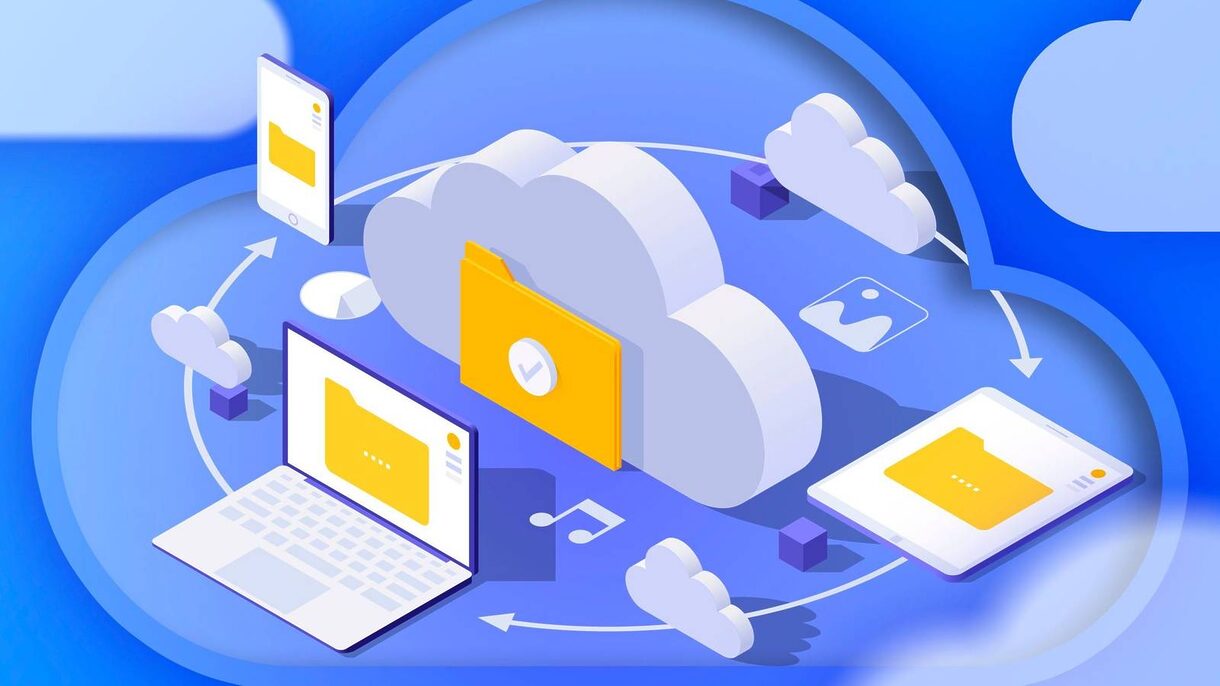Are you looking for the easiest way to launch a file server for either internal or external access? Copyparty is what you’ve been looking for. With the ability to launch with zero configuration, Copyparty gets you a file server up and running in seconds.
What Is Copyparty?
I love living in the modern open source age. There seems to be easy-to-configure software for just about everything these days. Copyparty is one such piece of open source software I wish existed many years ago.
With Copyparty, you can easily set up a file server on any computer at your house. I used it on both my high-end Docker server and my old Raspberry Pi 3b, and it worked great on both systems. At its core, Copyparty is designed to deploy an ultra-lightweight file server with little-to-no configuration required.
Copyparty Can Be Used Without Installing Anything
I was honestly surprised to see that Copyparty could be run without having to install any dependencies. All you need is Python installed on the source system, and it’ll run right away. Installing Python on Windows is simple, you can find Python installers for Mac easily, and it’s typically preinstalled on Linux. Like I mentioned, I used this method to run Copyparty on my Raspberry Pi 3b as well as my M1 Max MacBook Pro.
Deploying Copyparty with the quick start method is a great way to test out the app and see how it worked. I really liked being able to quickly deploy it that way without having to configure a Docker container or install any dependencies.

Raspberry Pi 4 Model B
- Brand
-
Raspberry Pi
- CPU
-
Cortex-A72 (ARM v8)
With the Raspberry Pi 4 Model B, you can create all kinds of fun projects, and upgrade gadgets around your home. Alternatively, install a full desktop OS and use it like a regular computer.
$62 at Amazon
I Recommend Deploying in Docker for Security
If you want a bit more control over the system, there are other methods of fully installing it. I opted for the Docker installation method on my virtual machine server, which deployed in about 60 seconds start to finish.
I created a simple configuration file for Copyparty that included user accounts, passwords, and settings so that anonymous users could browse, but not upload. It’s also possible to make it so anonymous users can’t even browse.
The reason that Docker gives you heightened security is its handling of volumes and bind mounts. Copyparty simply makes available all documents and folders where you deploy it. With Docker, you can either give Copyparty its own Docker Volume or bind mount that’s segregated from the rest of your system.
Moving Copyparty from just reading your home or download directory to having its own, separate area just gives one extra layer of security. Also, I couldn’t get authentication working with the self-extracting/quick start version, but I had authentication up and going within seconds of deploying the Docker version
But There’s One Thing I’d Change
My one gripe with Copyparty is how it handles users and authentication. All usernames and passwords have to be stored in a plain text configuration file, and there’s no way for end users to change their passwords. This is pretty insecure, all things considered, and it’s just not great practice.
I understand why Copyparty works in this way—it’s lighter weight to run without a database backend, which is required for hashed passwords and the ability for users to change their own password. However, it would be nice to have a version of Copyparty as-is and then one with a bit more robust user authentication platform.
If you’re hoping to host mission-critical or ultra-secure with Copyparty, I’d probably put a pause on that. The authentication system just isn’t up to the task.
However, if you only plan to access Copyparty internally, through a Cloudflare tunnel, or with a reverse proxy that has its own authentication system built in, then that’s an entirely different story.
Just make sure the content you store within Copyparty is up to the level of security you give it.
Copyparty Makes It Easy to Mount a Remote Folder on Your Computer
One thing I was actually pretty surprised about with Copyparty was how easy it was to mount a remote folder on my computer. Copyparty actually gives you the exact command to run in order to mount its files and folders on your Windows, macOS, or Linux computer.
If you’re working on a coding project with a friend, or just want access to your home server’s files from anywhere natively in your file explorer, then this functionality is pretty great and is seamless to set up.

Copyparty Portable File Server
- OS
-
Linux, macOS, Windows
- Supported Desktop Browsers
-
All
- Brand
-
Copyparty
- Price
-
Free
- Developer(s)
-
tripflag
Copyparty allows you to turn almost any device into a file server with resumable uploads/downloads using any web browser. Working on Raspberry Pi’s, desktops, servers, laptops, and more, Copyparty is a simple and easy way to deploy a file server almost anywhere.
At the end of the day, I really love Copyparty. I run a few Minecraft servers that either use fully custom modpacks or modified modpacks, and I think Copyparty is a very simple way to distribute the modpacks. That’s just one use case I can think of in my own workflow, but I’m constantly thinking of other ways to use this great piece of software.
If I ever have a need for a simple file server, Copyparty will definitely be my go-to.




